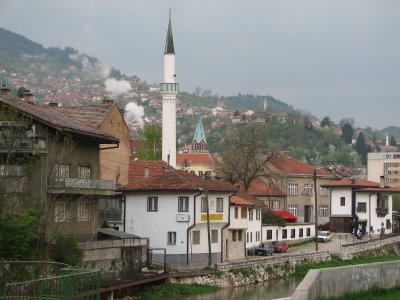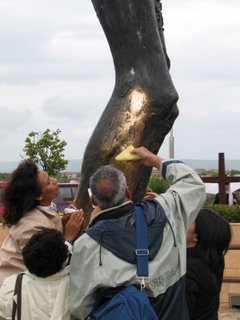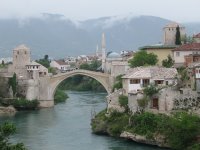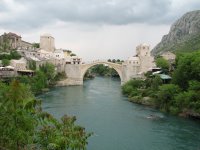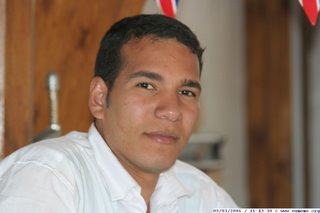
Honolulu, Hawaii
Regarding Salem:
Good news! I received an e-mail from my friend Salem in Dahab, Egypt. He is alive and well, and only one employee from the hotel suffered minor injuries in the bombing.
Regarding the highlights of the past four months:
Best decisions:
1) Making the trip! I have experienced more, learned more, and grown more in the past four months than I could have possibly accomplished in the same time period sitting at home.
2) Bringing one pair of Doc Marten shoes. They were light, comfortable, versatile, rugged, and easy to polish.
Favorite restaurants:
1) Dvari in Sarajevo, serving delicious homemade breads and wines.
2) To Be Or Not To Be in Sarajevo, serving traditional, but light, Bosnian cuisine.
Favorite meals:
1) Salt encrusted sea bass in Seville. An extraordinary meal served in a delightful setting.
2) Grilled sea bass in Dahab. Spicy, light, and delicious!
Favorite hotels:
1) Hostel Posillipo in Sarajevo. Clean, cheap, and friendly.
2) El Hashimi Hotel in Jerusalem. Clean, cheap, and friendly.
3) The Windsor Hotel in Cairo. Lots of character and friendly.
Best experiences:
1) Visiting Hebron. Exciting and educational!
2) Snorkeling in Sharm El-Sheikh. Stunningly beautiful!
3) Climbing Mt. Sinai. Unexpectedly emotional.
4) Visiting Petra. Breathtaking.
Favorite cities:
1) Sarajevo. Fascinating, friendly, and cheap.
2) Jerusalem. Fascinating.
Favorite countries:
1) Bosnia-Herzegovina. Beautiful cities, beutiful mountains, beautiful rivers, and friendly people.
2) Hungary. It always feels like home.
(Photo by Eric: A pilgrim at Eyüp Sultan Mosque, Istanbul, Turkey)

